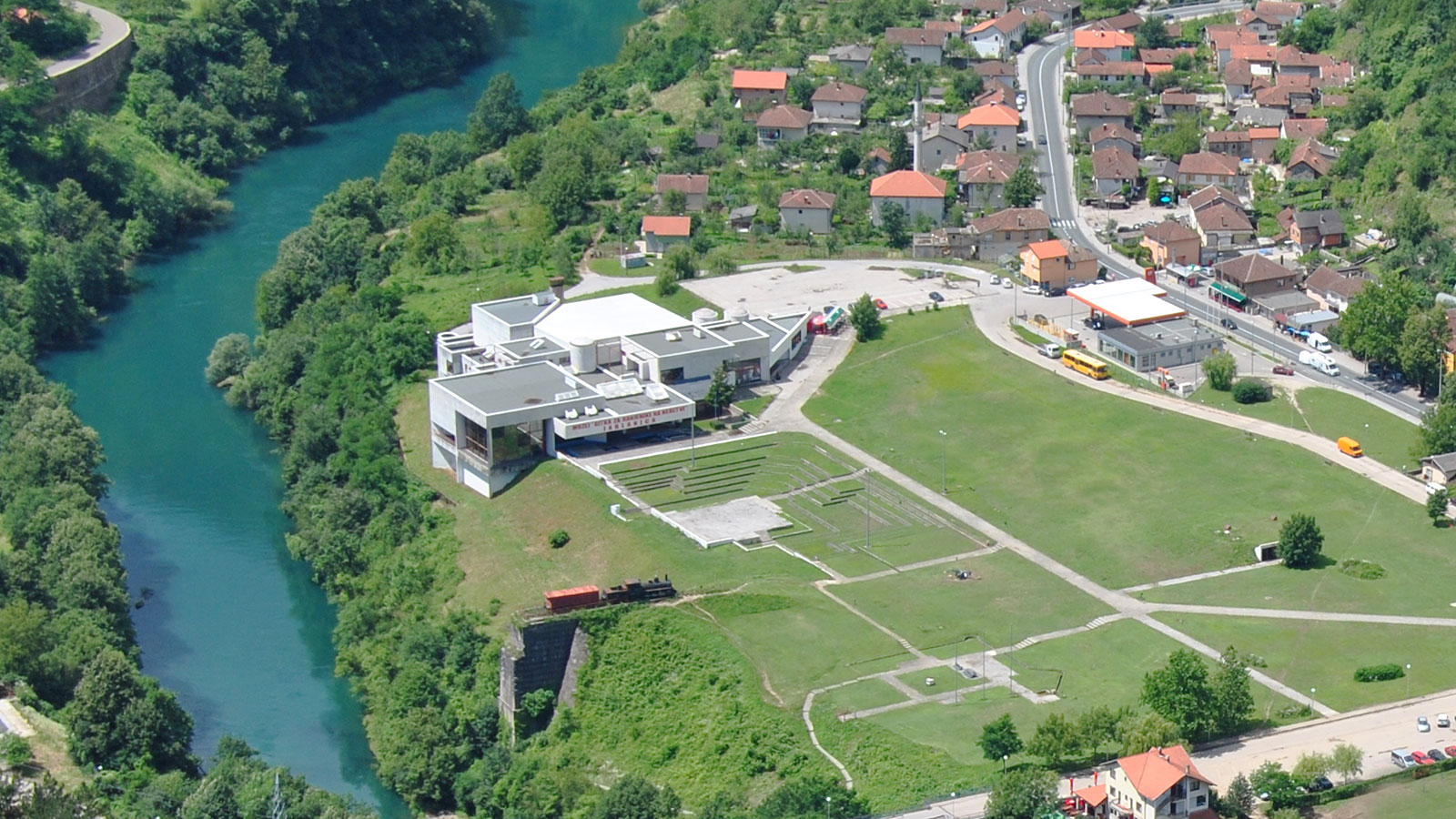By a combination of historical circumstances, many large events that took place in the Second World War on the territory of Bosnia and Herzegovina affected the course of the war. One of these events is a well-known operation Weiss (as it was named in German documents), also known in Yugoslav historiography as The Fourt Enemy Offensive or The Battle of the Neretva. This operation, i.e. the strategic plan for the joint attack was conducted by the Axis forces on a wide territory of the so-called Bihać Republic. It began in early 1943. The operation, as well as its failure, had an important role in the construction of memorial culture and tradition. The operation was conducted in February and March of 1943. Despite the joint attack of the Axis forces, partisans managed to rescue nearly 4,000 wounded during the operation.
In early 1970s, the country initiated activities with the aim of setting up the memorial to commemorate the Battle on the Neretva with dignity and integrity. The memorial complex in Jablanica was opened in 1978 as a central memorial to the Battle on the Neretva. The memorial complex also includes the museum and the Monument on Makljen, Prozor, designed by Boško Kućanski.
As a museum significant for entire Yugoslavia, the Museum was well visited during the period of socialism in Yugoslavia. It was a dependency of the Museum of Revolution of Bosnia and Herzegovina based in Sarajevo. The developed pedagogical service with various activities (guided tours through exhibitions, history lessons, film projections, conversation with war veterans, competitions for testing the People's Liberation War knowledge, etc.) attracted up to 300,000 visitors a year. In addition to the permanent exhibition, temporary exhibitions have been organized at the Museum. Well-known painters such as Ismet Mujezinović and Božidar Jakec also exhibited their works at the museum.
During the 1992-1995 war in Bosnia and Herzegovina, the museum ceased its main operations. In this period, the museum collections were impoverished, the book fund of the library was significantly damaged and the building itself was devastated. In 1997, the Municipal Council of Jablanica adopted a decision to take over rights and obligations of the founder from the former Musem of Revolution of Bosnia and Herzegovina and declared the Museum as a public institution. From that moment the revitalization of the Museum began. Today, this museum is visited by 12,000-15,000 visitors a year. In addition to the permanent exhibition „The Battle on the Neretva“, the Museum also houses an ethnographic exhibition of the Jablanica region, and temporary nad guest exhibitions are organized in the museum as well.




